Diseases and Conditions › Ear Conditions › Stop pet ear infection!
There are many reasons a pet may have dirty or smelly ears. The two most common are ear mites and ear infections.
Ear mites are microscopic parasites that burrow into the ear causing discomfort to your pet. Both dogs and cats are susceptible to the creatures and if left untreated, can cause health hazards to your pet.
Common signs of ear mites are a reddish brown material that accumulates deep inside the ear. Other signs are excessive scratching at ears and/or shaking of the head. Cleaning will help the problem but the cure requires a prescription eardrop such as Tresaderm.
Ear infections are often seen as smelly pus type of discharge. These are especially common in droopy-eared dogs such as Bassets, Cocker Spaniels and Labradors.
Water, ear mites that were never eradicated, yeast infections and skin allergies are just a few of the causes for ear infections. Once again, cleaning will help but a trip to the vet will be needed to take care of the problem.
The actual cleaning of the ears is quite simple. You will need peroxide, alcohol, cotton swabs and balls.
Most owners find having an assistant to be a great advantage. Placing the pet on a table, the assistant will snuggle the dog or cat close to their body, trying to keep the head as still as possible while the owner cleans the ears.
Cats are best wrapped in a large heavy towel with only the head showing. The best way to restrain a dog is to hold it against the body with one arm slipping under the foreleg on the opposite side of the body while the other arm wraps around the neck holding the head immobile.
Once the pet is immobilized, hold the ear by its tip in one hand and apply a small amount of peroxide. This will bubble up and loosen a great deal of the discharge that is out of sight in the ear canal. Once the peroxide has stopped bubbling, clean as much of it out as you can with a cotton ball or washcloth. When this has been done, dip another cotton ball into the alcohol and wipe out as much of the remaining discharge as possible. It is important to change cotton balls regularly.
When you have cleaned all but the creases and folds of the ear, it is time for the cotton swabs. Most people are afraid to use these on their pets for fear of injuring the eardrum.
This is almost impossible to do with a cotton swab due to the way a dog or cat's ear canal is made.
Take the swab and dip it in alcohol and then gently place it into the ear canal touching one side. Using a twisting motion, run it around the entire ring of the ear bringing it out often to change swabs and raise the dirt out of the canal. After the canal is as clean as you can make it, use a swab to clean all the folds of the ear. Once the ear is as clean as you can make it, make one more pass over the entire thing with a clean cotton ball dipped in alcohol. It is now time to turn the pet so its opposite shoulder is against the assistant.
A few things to remember while cleaning out your pet's ears. Hydrogen Peroxide will turn to water in the ear so make sure you remove as much as possible from each ear. It and the actual cleaning will cause your pet to try to scratch and shake its ears in a vigorous way and it will require a firm grip to hold onto the animal. Sever ear infections and infestations can cause sores that the alcohol could cause to burn. A certain amount of whining is to be expected.
All signs of reddish brown or puss like discharge, foul odors or actual bleeding should be taken up with your veterinarian immediately. These are all signs of problems that are more serious than dirty ears. Without proper treatment, hearing difficulties, hematomas (broken blood vessels that cause the ear to swell), wounds on and around the ears as well as several others serious conditions can occur.

Ear mites are microscopic parasites that burrow into the ear causing discomfort to your pet. Both dogs and cats are susceptible to the creatures and if left untreated, can cause health hazards to your pet.
Common signs of ear mites are a reddish brown material that accumulates deep inside the ear. Other signs are excessive scratching at ears and/or shaking of the head. Cleaning will help the problem but the cure requires a prescription eardrop such as Tresaderm.
Ear infections are often seen as smelly pus type of discharge. These are especially common in droopy-eared dogs such as Bassets, Cocker Spaniels and Labradors.
Water, ear mites that were never eradicated, yeast infections and skin allergies are just a few of the causes for ear infections. Once again, cleaning will help but a trip to the vet will be needed to take care of the problem.
The actual cleaning of the ears is quite simple. You will need peroxide, alcohol, cotton swabs and balls.
Most owners find having an assistant to be a great advantage. Placing the pet on a table, the assistant will snuggle the dog or cat close to their body, trying to keep the head as still as possible while the owner cleans the ears.
Cats are best wrapped in a large heavy towel with only the head showing. The best way to restrain a dog is to hold it against the body with one arm slipping under the foreleg on the opposite side of the body while the other arm wraps around the neck holding the head immobile.
Once the pet is immobilized, hold the ear by its tip in one hand and apply a small amount of peroxide. This will bubble up and loosen a great deal of the discharge that is out of sight in the ear canal. Once the peroxide has stopped bubbling, clean as much of it out as you can with a cotton ball or washcloth. When this has been done, dip another cotton ball into the alcohol and wipe out as much of the remaining discharge as possible. It is important to change cotton balls regularly.
When you have cleaned all but the creases and folds of the ear, it is time for the cotton swabs. Most people are afraid to use these on their pets for fear of injuring the eardrum.
This is almost impossible to do with a cotton swab due to the way a dog or cat's ear canal is made.
Take the swab and dip it in alcohol and then gently place it into the ear canal touching one side. Using a twisting motion, run it around the entire ring of the ear bringing it out often to change swabs and raise the dirt out of the canal. After the canal is as clean as you can make it, use a swab to clean all the folds of the ear. Once the ear is as clean as you can make it, make one more pass over the entire thing with a clean cotton ball dipped in alcohol. It is now time to turn the pet so its opposite shoulder is against the assistant.
A few things to remember while cleaning out your pet's ears. Hydrogen Peroxide will turn to water in the ear so make sure you remove as much as possible from each ear. It and the actual cleaning will cause your pet to try to scratch and shake its ears in a vigorous way and it will require a firm grip to hold onto the animal. Sever ear infections and infestations can cause sores that the alcohol could cause to burn. A certain amount of whining is to be expected.
All signs of reddish brown or puss like discharge, foul odors or actual bleeding should be taken up with your veterinarian immediately. These are all signs of problems that are more serious than dirty ears. Without proper treatment, hearing difficulties, hematomas (broken blood vessels that cause the ear to swell), wounds on and around the ears as well as several others serious conditions can occur.
Article By: Jack Marinadi, Vet
how does the body maintain blood pressure
maintaining blood pressure
how the body maintains blood pressure
effects of CHD
how is diabetes treated
how does the body respond to high blood pressure
introduction of diabetes mellitus
how does the heart maintain blood pressure
how does body maintain blood pressure
understanding heart rate
how is blood pressure maintained
how does the body maintain normal blood pressure
how body maintains blood pressure
how long can you live with mesothelioma
introduction to diabetes mellitus
50 ways to love your liver
otolam
what maintains blood pressure
does the heart maintain blood pressure
Compare the homeostatic mechanisms that maintain normal blood pressure and heart rate
social effects of chd
signs of unhealthy eyes
Compare the homeostatic mechanisms that maintain normal blood pressure and heart rate
how to maintain blood pressure
unhealthy eyes
mechanisms that maintain blood pressure
does the heart help maintain blood pressure
mechanisms to maintain blood pressure
how do arteries aid in maintaining blood pressure
social impacts of CHD
Physiological mechanisms to maintain normal blood pressure
maintain blood pressure
how is blood pressure maintained in the body
describe the process by which the body maintains normal blood pressure
what maintains blood pressure in body
laser treatment for ear infections
how does your body maintain blood pressure
diabetes mellitus introduction
increase resistance decrease pressure
understanding your heart rate
otolam procedure
how to save eyesight
effects of CHD on health
osa ohs
how to keep a healthy prostate
what mechanisms maintain blood pressure
how the heart maintains blood pressure
how does our body maintain blood pressure
how do cataracts occur
diabetes mellitus 101
Most Read
New Articles
Most Viewed
Most Downloads
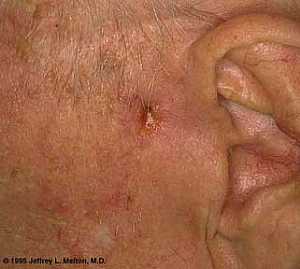 Basal Cell Carcinoma ("Rodent Ulcer" Type)
Basal Cell Carcinoma ("Rodent Ulcer" Type)
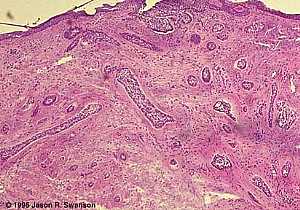 Basal Cell Carcinoma (Histology-Morpheaform Type)
Basal Cell Carcinoma (Histology-Morpheaform Type)
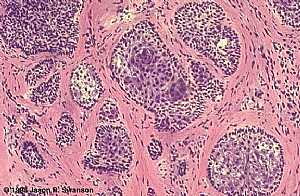 Basal Cell Carcinoma (Histology-Nodular Type - High power)
Basal Cell Carcinoma (Histology-Nodular Type - High power)
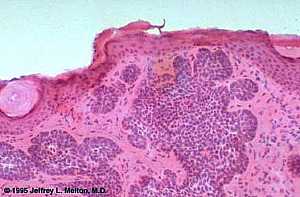 Basal Cell Carcinoma (Histology-Nodular Type- High power)
Basal Cell Carcinoma (Histology-Nodular Type- High power)
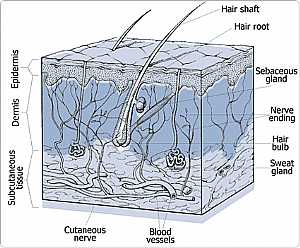 Skin
Skin
 Nervous System -- Basic
Nervous System -- Basic
 Brain anatomy
Brain anatomy
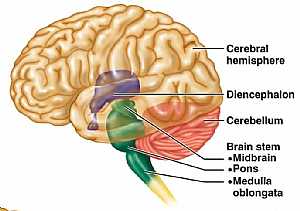 Brain anatomy
Brain anatomy
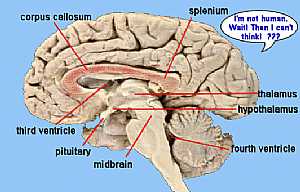 Brain anatomy
Brain anatomy
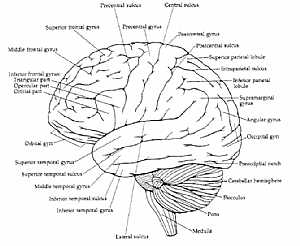 Brain anatomy
Brain anatomy
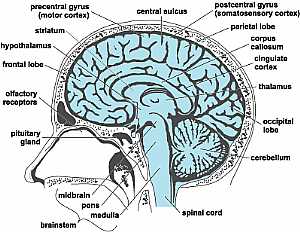 Head anatomy
Head anatomy
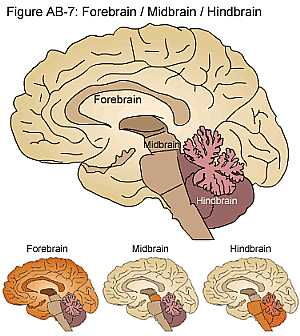 Brain anatomy
Brain anatomy
eDoctorOnline.com does not provide medical advice, diagnosis or treatment.
© Copyright 2001-2022 eDoctorOnline.com
© Copyright 2001-2022 eDoctorOnline.com

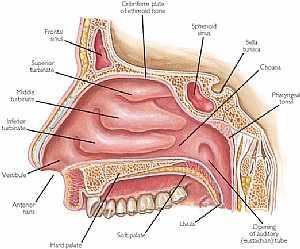 Nose anatomy
Nose anatomy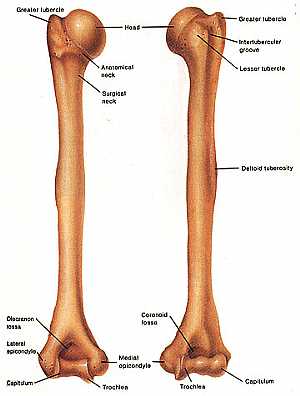 Humerus bone
Humerus bone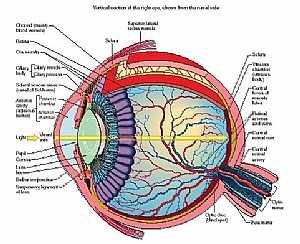 Eye anatomy
Eye anatomy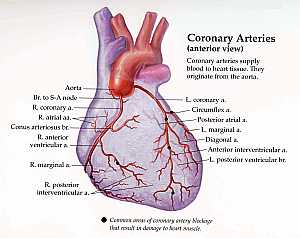 Coronary arteries anatomy
Coronary arteries anatomy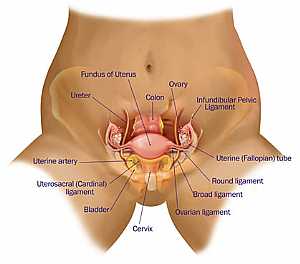 Female pelvic anatomy
Female pelvic anatomy Heart and lung anatomy
Heart and lung anatomy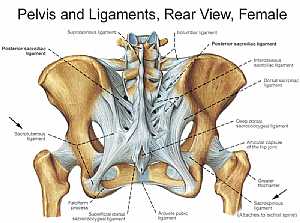 Bones and ligaments of the FEMALE Pelvis
Bones and ligaments of the FEMALE Pelvis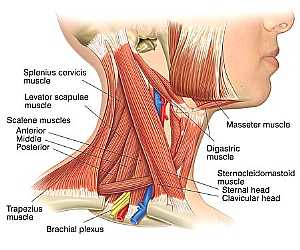 Neck Anatomy
Neck Anatomy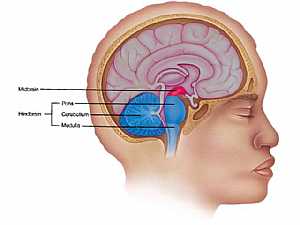 MidBrain anatomy
MidBrain anatomy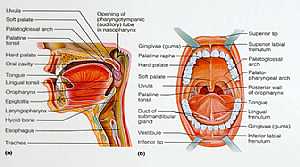 Oral Cavity
Oral Cavity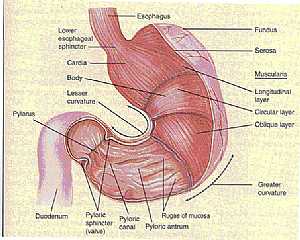 Stomach anatomy
Stomach anatomy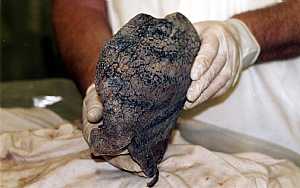 Lung anatomy
Lung anatomy Basal Cell Carcinoma ("Rodent Ulcer" Type)
Basal Cell Carcinoma ("Rodent Ulcer" Type) Basal Cell Carcinoma (Histology-Morpheaform Type)
Basal Cell Carcinoma (Histology-Morpheaform Type) Basal Cell Carcinoma (Histology-Nodular Type - High power)
Basal Cell Carcinoma (Histology-Nodular Type - High power) Basal Cell Carcinoma (Histology-Nodular Type- High power)
Basal Cell Carcinoma (Histology-Nodular Type- High power) Skin
Skin Nervous System -- Basic
Nervous System -- Basic Brain anatomy
Brain anatomy Brain anatomy
Brain anatomy Brain anatomy
Brain anatomy Brain anatomy
Brain anatomy Head anatomy
Head anatomy Brain anatomy
Brain anatomy
Be the first one to comment on this article!